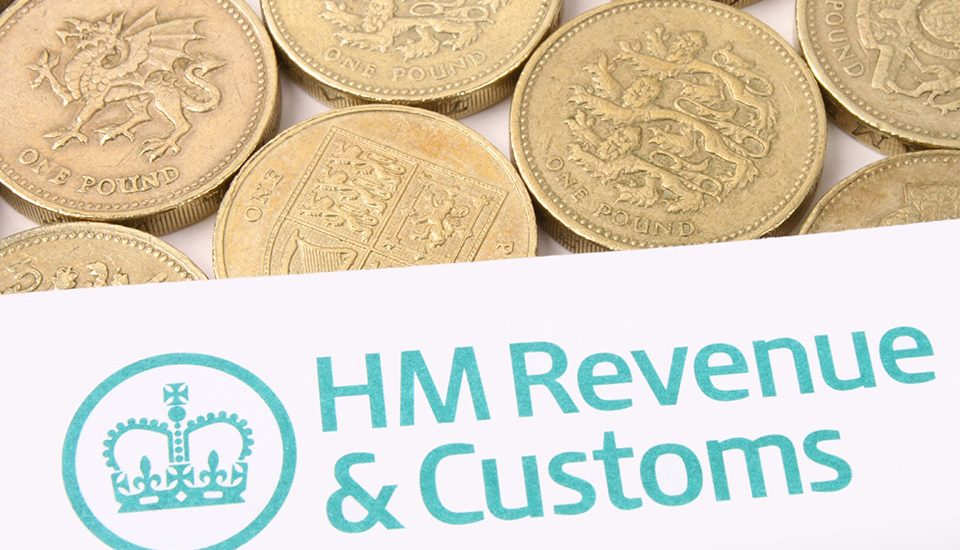Payments on Account: How does it impact the contractor in 2016/17
- April 10, 2017
- Posted by: admin
- Category: Business Growth, Contractors, Expenses, Finance & accounting, Tax

Payments on account are where the taxpayer pays 50% of the following years personal tax at the same time they settle their current year’s liability (in the case of the 16/17 tax year this payment will be due by 31 January 2018).
There is also a second payment on account due by 31 July for the remaining 50%.
Any payments on account made will be deducted from the tax owing the following year.
You will have to make payments on account unless:
- your self assessment tax bill is less than £1,000
- you’ve already paid more than 80% of all the tax you owe, for example if you have an employment where tax is deducted at source
For most contractors where the only income they have is by way of a small salary with the remainder in dividends from their limited company, they are likely to be drawn into payments on account.
For example, a limited company contractor with no other income, extracting up to the maximum of the basic rate band by way of an optimum structure of £8,040 in salary and £34,960 in dividends would be taxed for the 2016/17 tax year as follows:

As you can see the total tax payable for the 2016/17 tax year, where the basic rate band is maximised, would be £2,025 and would be due to HMRC by 31 January 2018.
There would also be a payment on account due by the same date of another half of this amount (£1,012.50) with an equal amount due again on 31 July 2018.
Therefore, the total payments to HMRC due by the following dates would be:
31 January 2018 £3,037.50
31 July 2018 £1,012.50
(the above figures assume that you had not already made any payments on account for the 16/17 tax year when do you did your 15/16 tax return)
By paying the above amounts it would mean that £2,025 of the tax due for 2017/18 will have been paid by 31 July 2018 and as such on the filing of the 2017/18 tax return there would be a balancing payment (or repayment) on 31 January 2019 to tidy up the tax position for the year before payments on account were calculated for the 2018/19 tax year.
If your tax estimate for the following year is lower than the current year then you can reduce your payments on account when you do your tax return.
For example you may be a contractor who is going back to employment or perhaps you are looking at significantly reduced dividends for the 2017/18 tax year.
Be aware when considering this that if you are to reduce your payments on account and it turns out that you did indeed have the tax to pay then HMRC would re-instate them when you filed your 2017/18 return and charge interest on the basis of late payments of tax.
